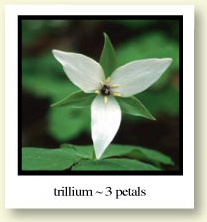
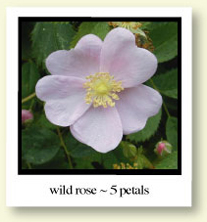
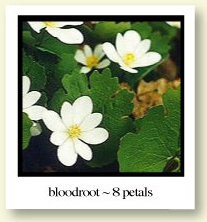
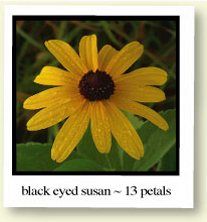
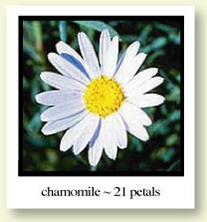
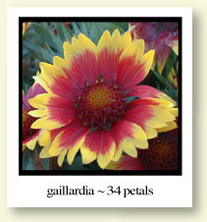 petal images, various sources, see bibliography.
petal images, various sources, see bibliography.

|

|
lower/bloodroot.html
|

|

|
 petal images, various sources, see bibliography.
petal images, various sources, see bibliography.
|